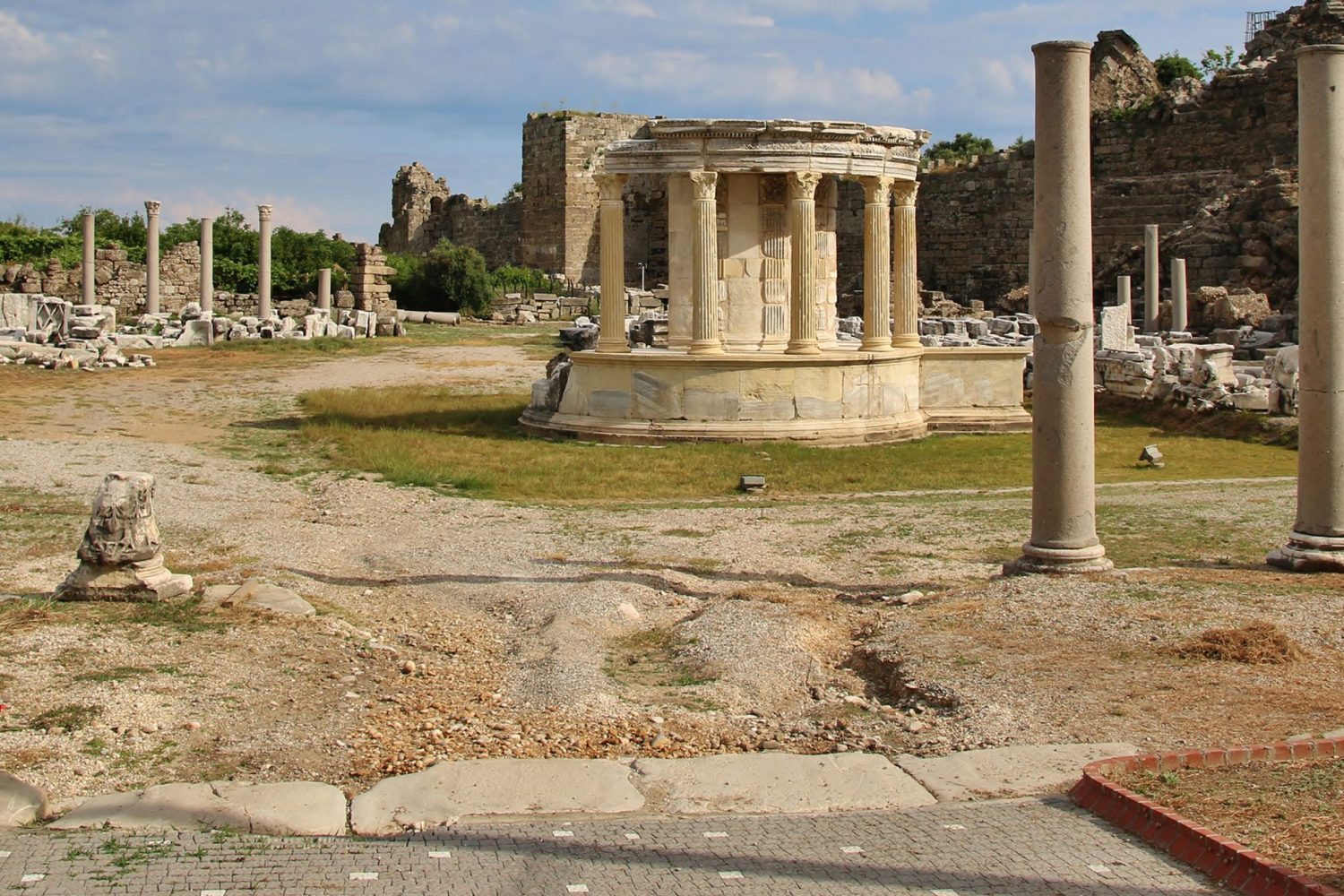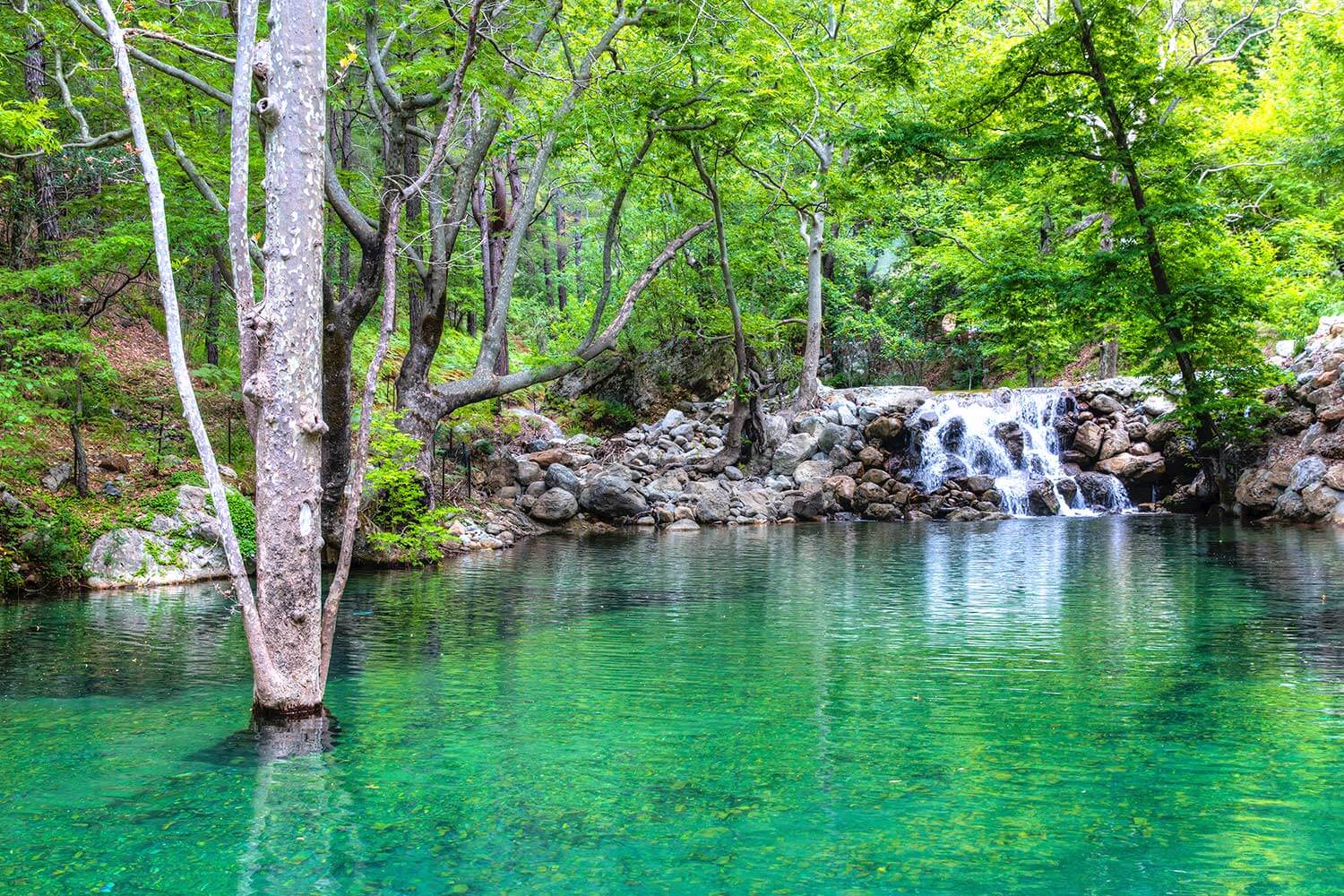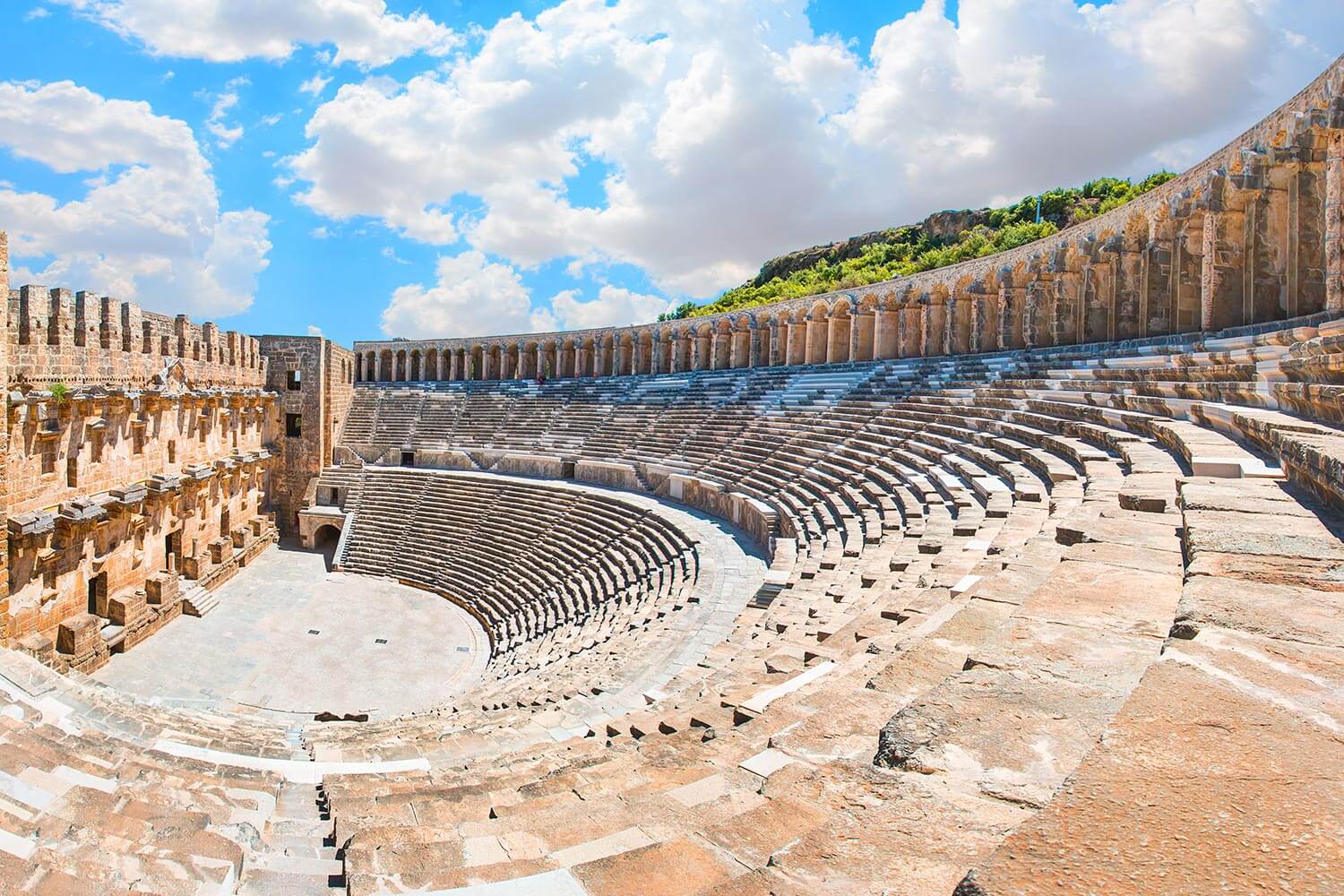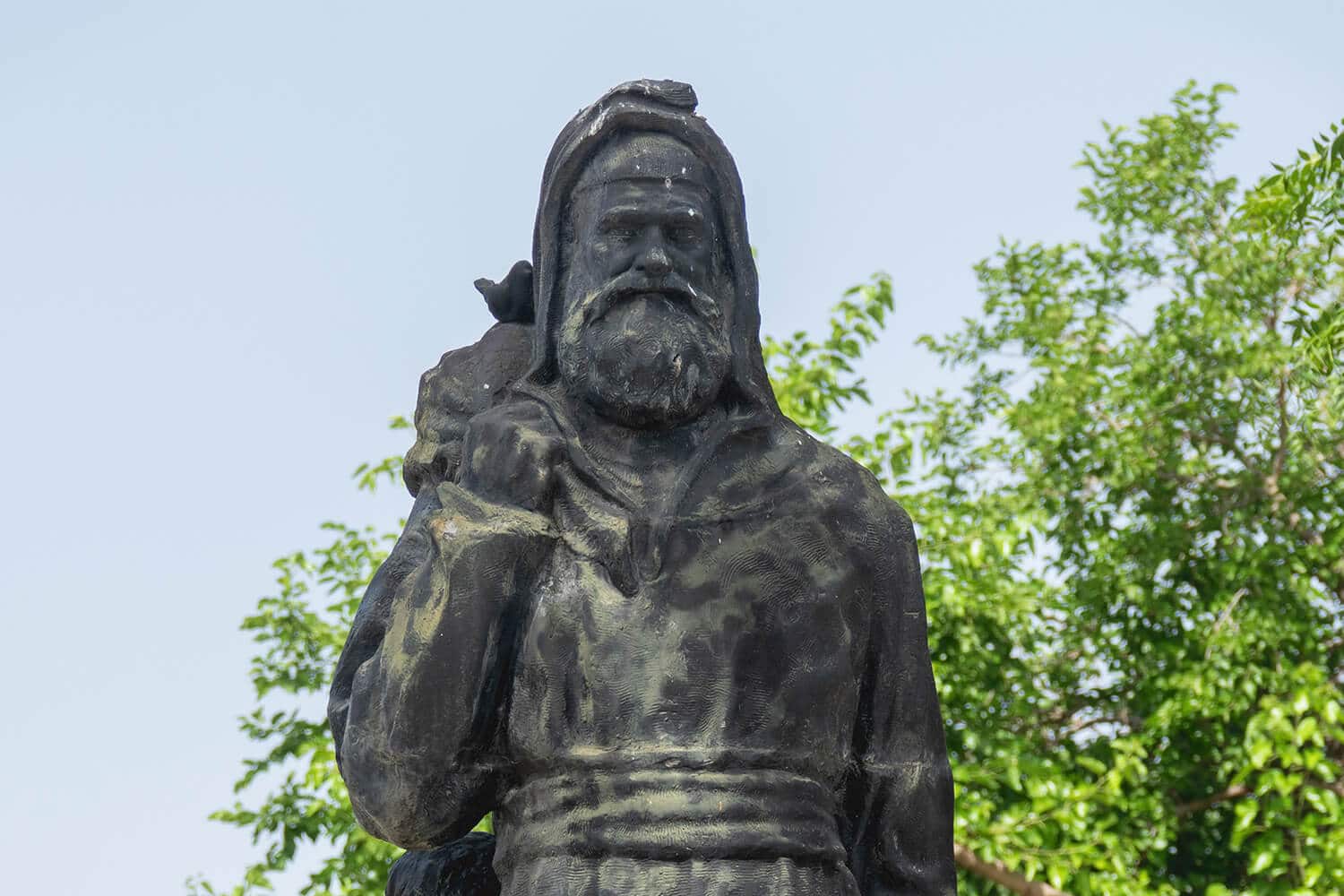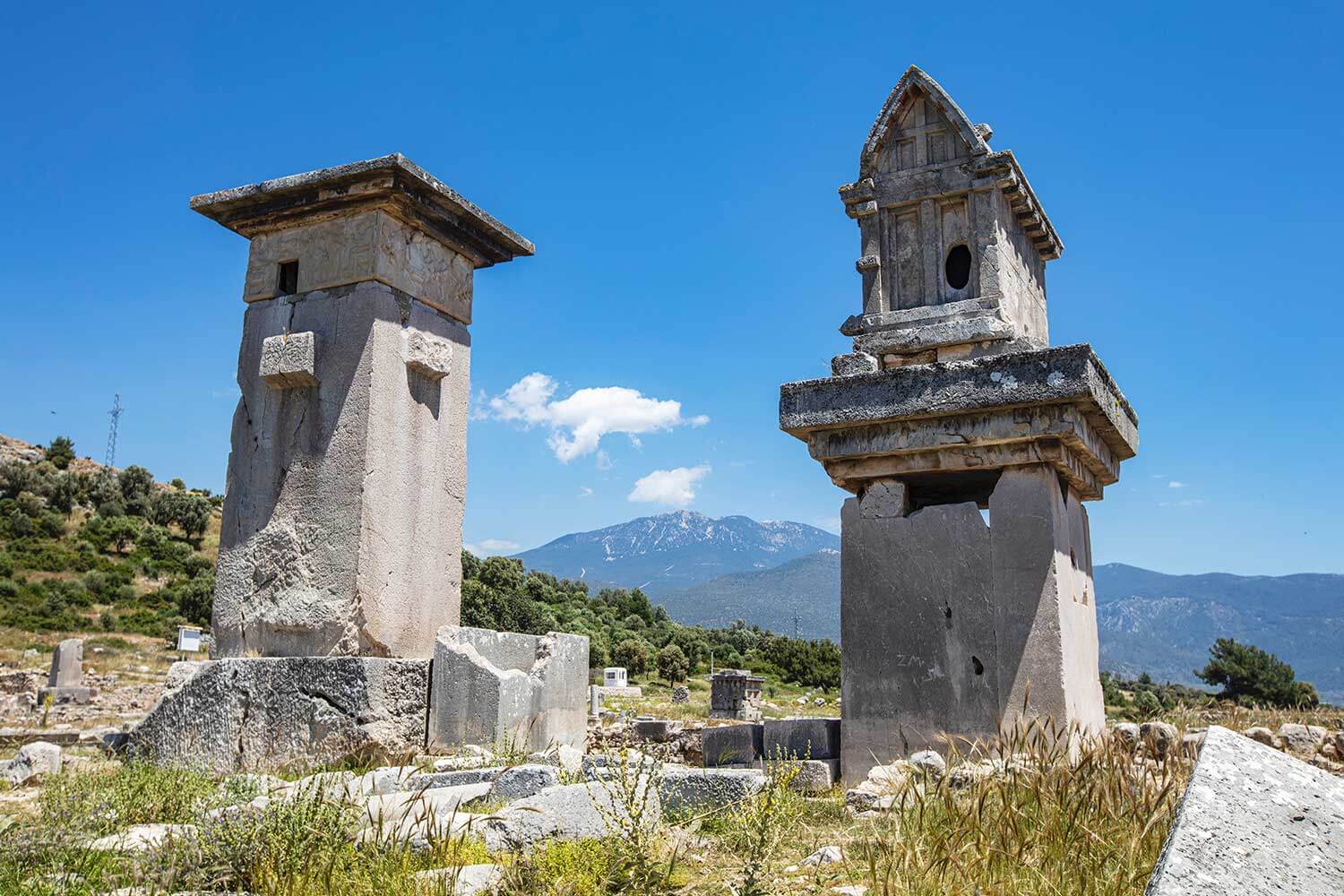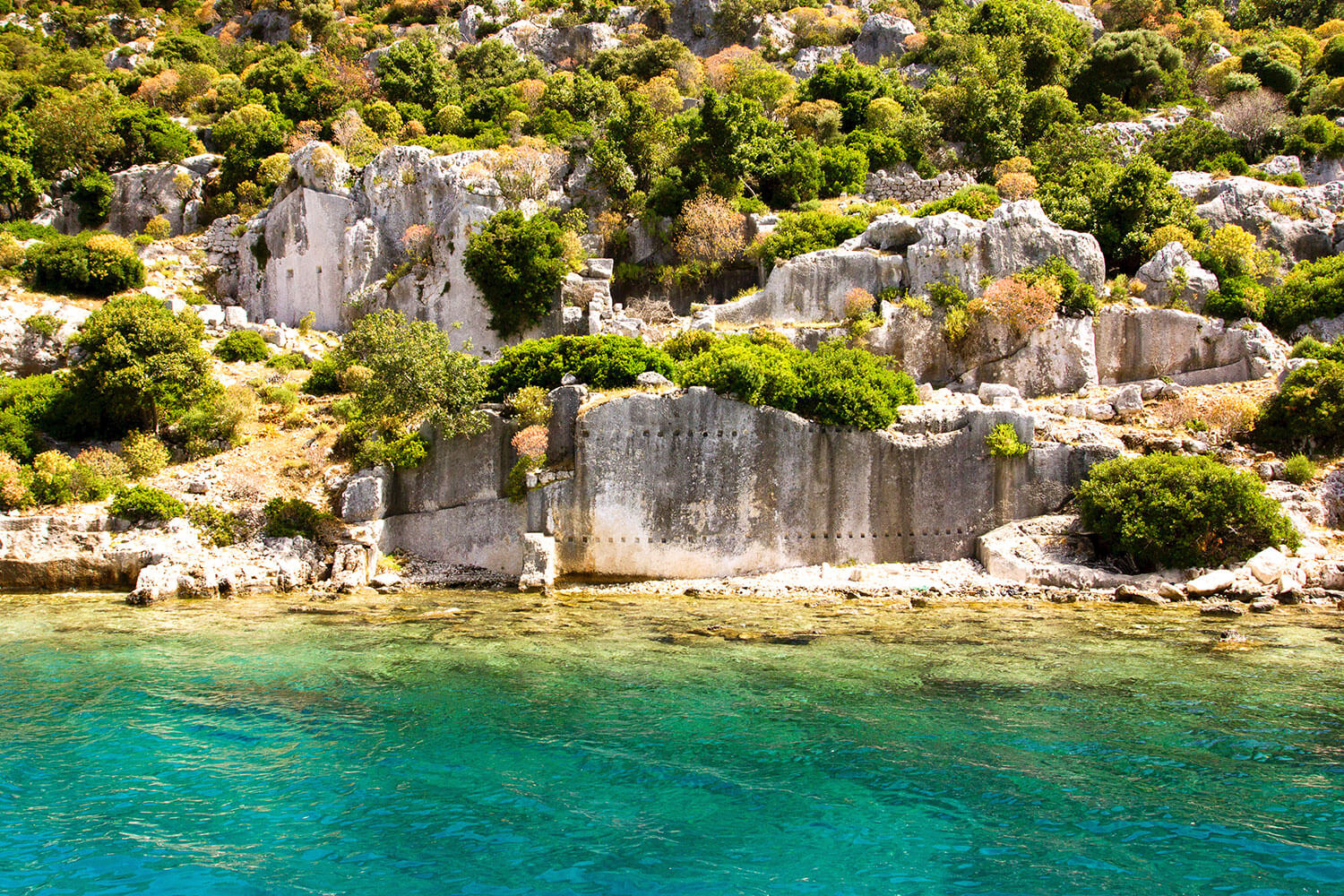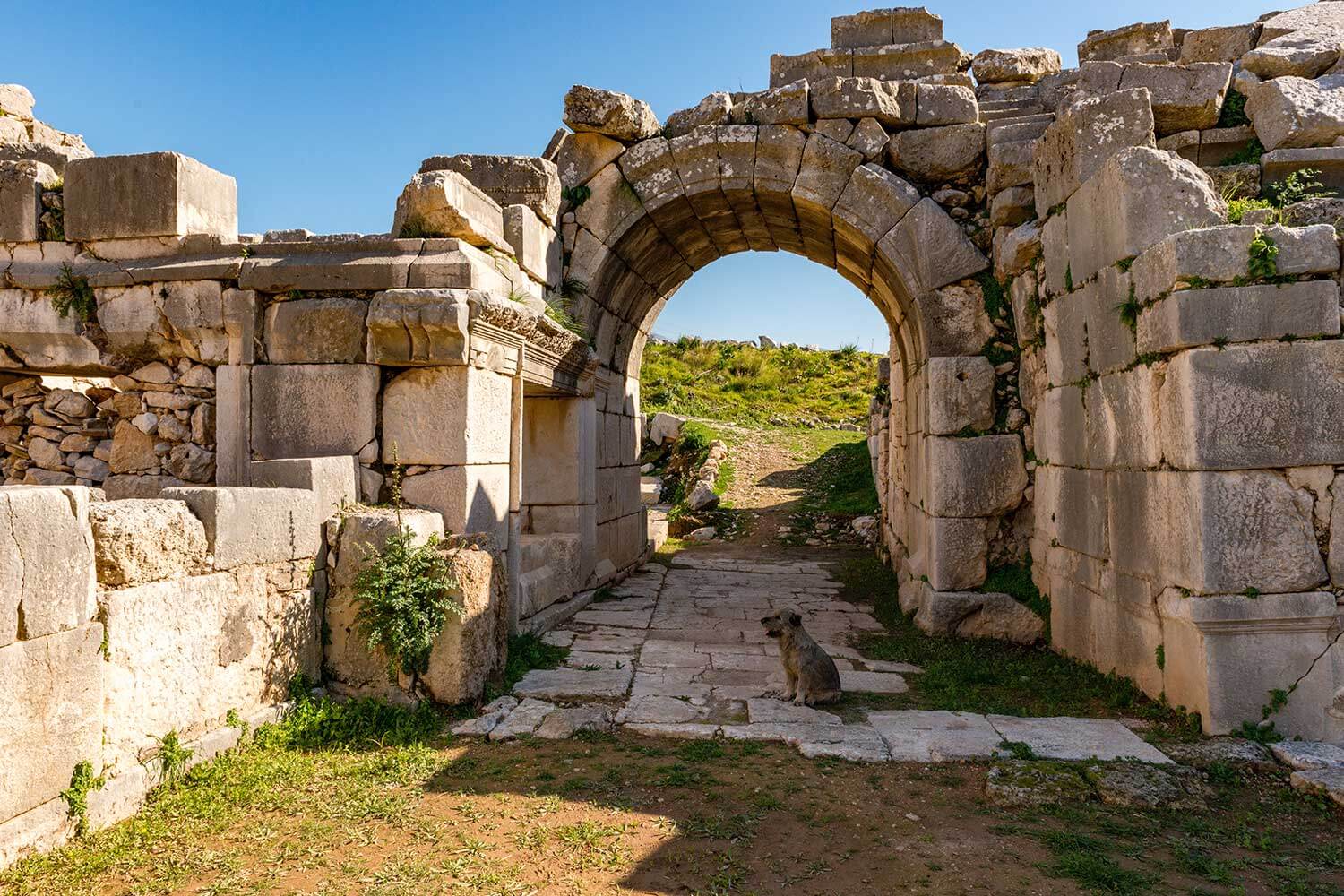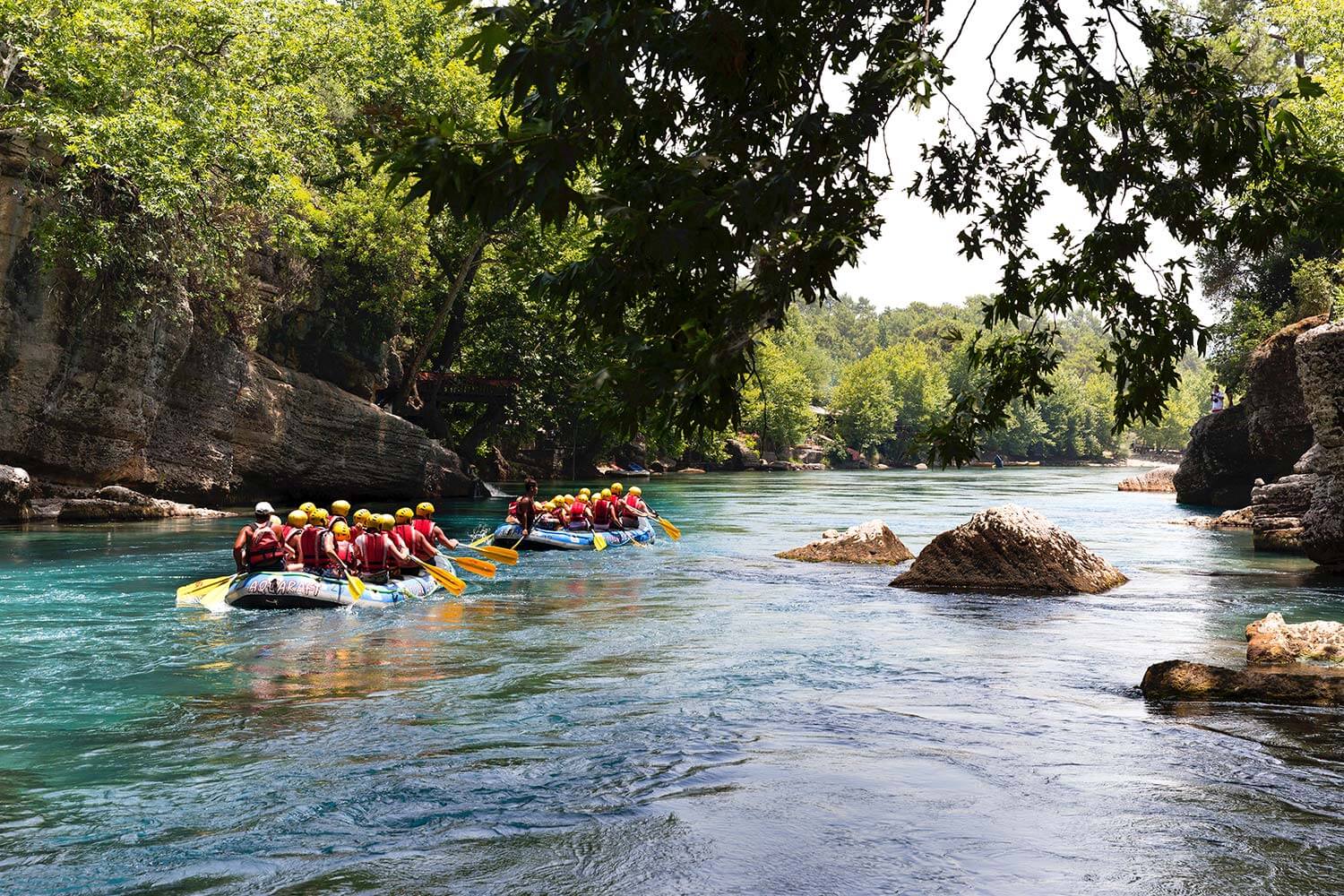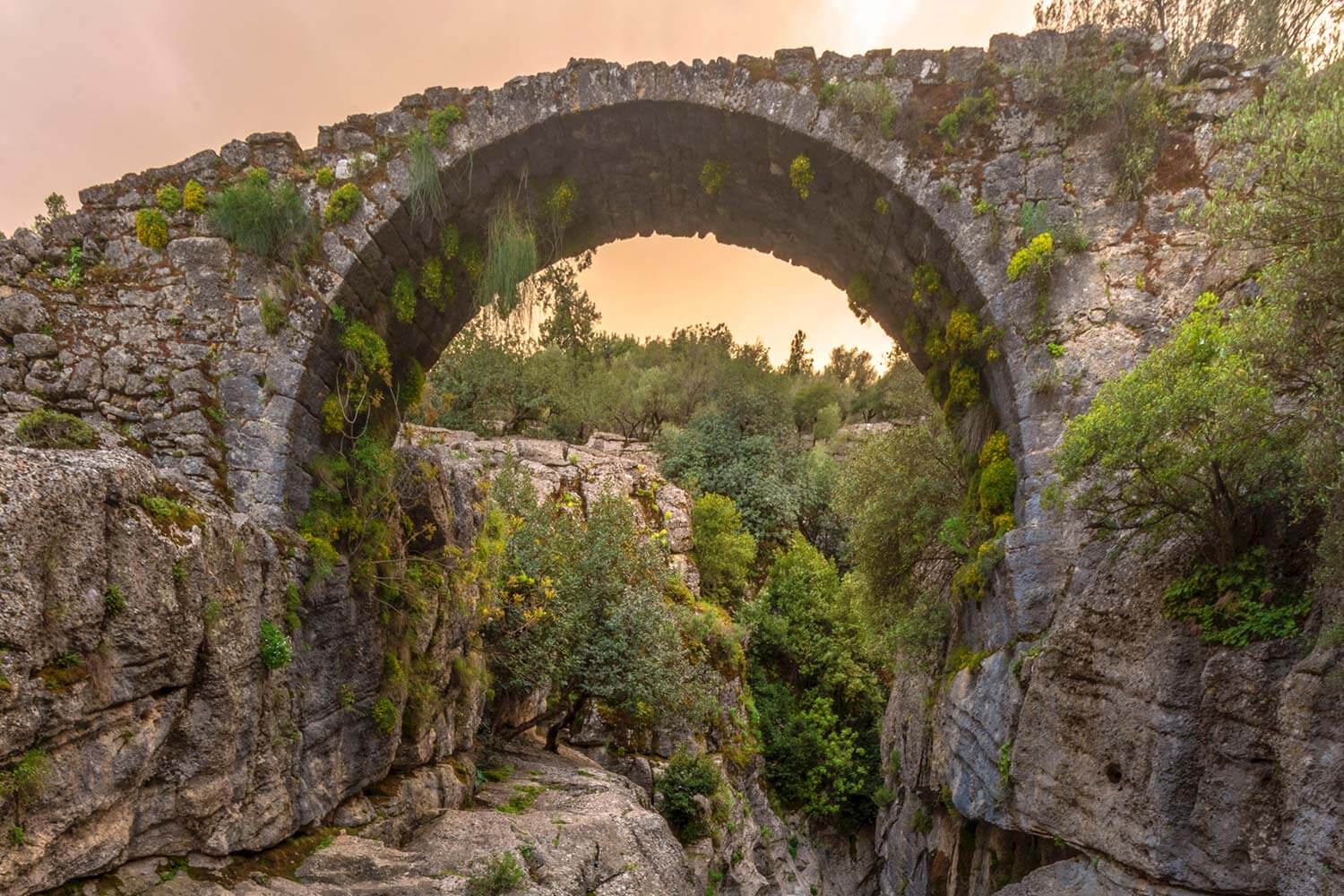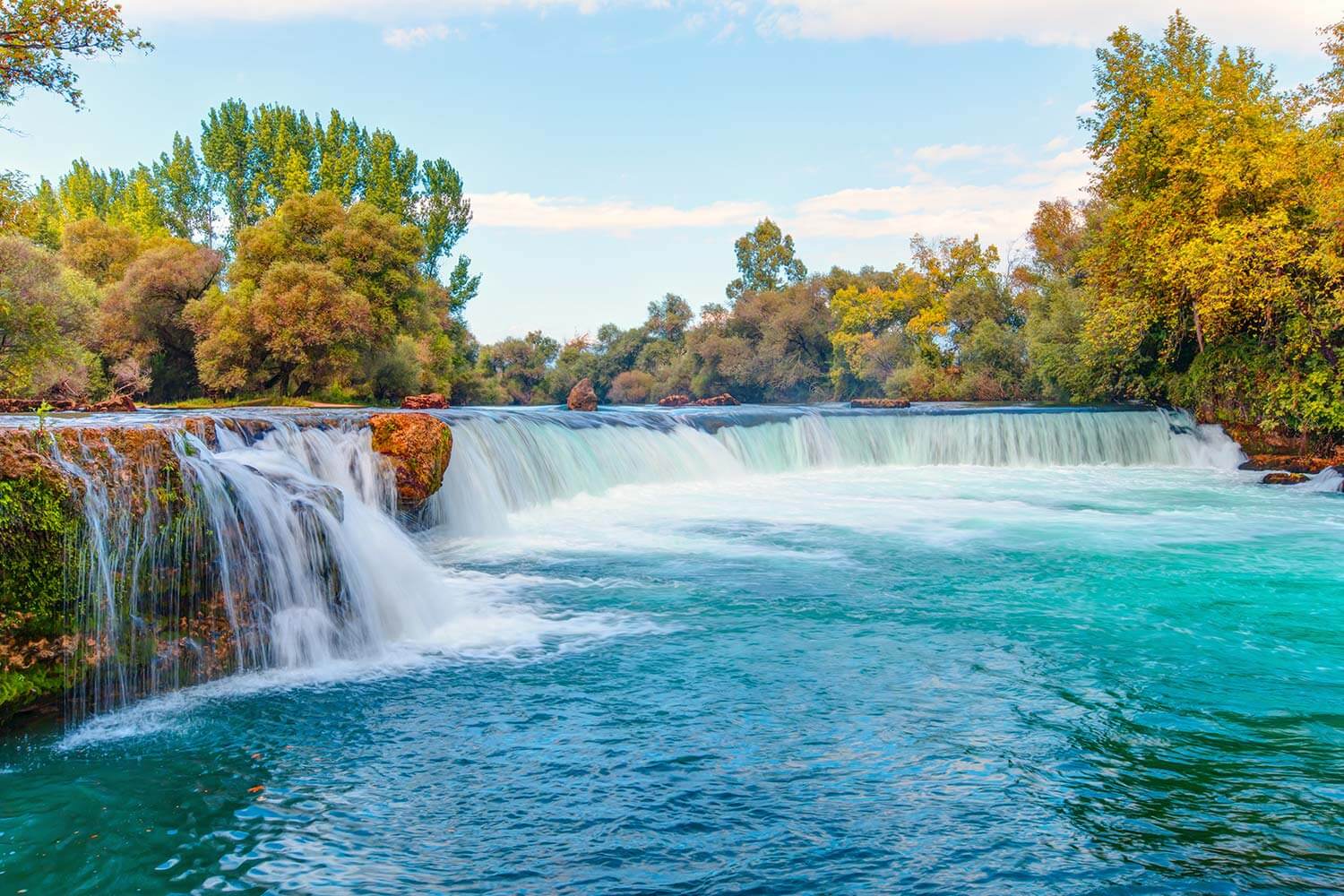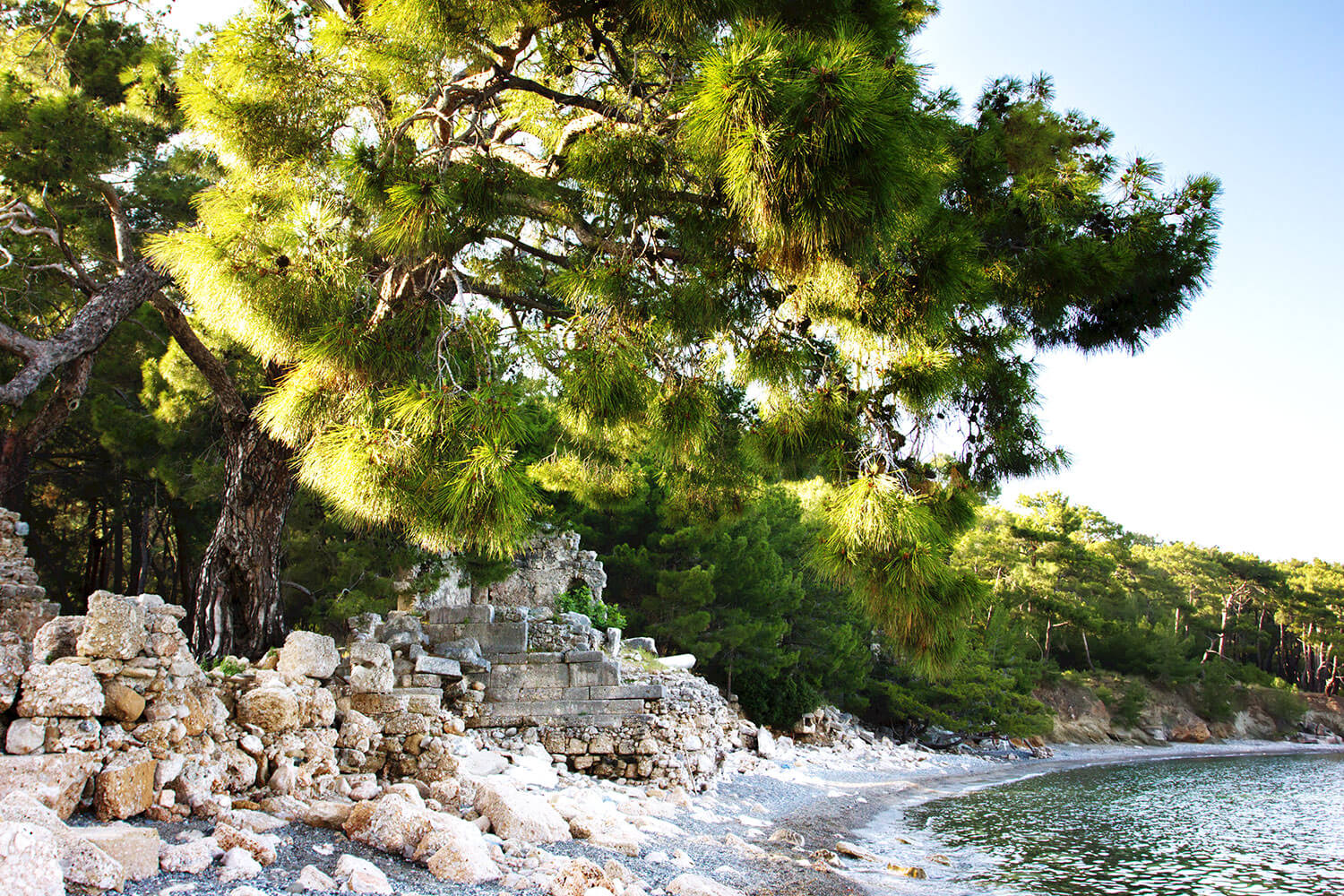Here are some of the best places to explore in Perga:
Colonnaded Street: Walk along the grand colonnaded street, lined with impressive columns, which served as the main thoroughfare of the city.
Hellenistic Gate: Admire the monumental Hellenistic Gate, an impressive entrance to the city that showcases the architectural prowess of the time.
Roman Baths: Explore the remains of the Roman baths, where visitors can see the intricate mosaic floors, heating systems, and other architectural features.
Theater: Marvel at the well-preserved Roman theater, which once hosted various performances and could accommodate a large audience.
Stadium: Visit the ancient stadium, a significant structure used for athletic events and competitions.
Agora: Discover the ancient agora, a central marketplace and gathering place where the people of Perga conducted business and socialized.
Nymphaeum: Admire the Nymphaeum, a decorative fountain dedicated to the nymphs, known for its ornate design and intricate carvings.
Heroon: Visit the Heroon, a sanctuary or shrine dedicated to a hero or deity, often associated with mythological figures.
South Gate: Explore the South Gate, one of the entrances to the city, featuring impressive architectural details.
City Walls: Observe the remnants of the city walls, which once encircled Perga for protection.
Temple of Artemis: Discover the Temple of Artemis, an important religious site dedicated to the goddess Artemis, although it may have undergone significant damage over time.
Upper Agora: Ascend to the Upper Agora, an elevated section of the city where public and administrative buildings were located.
Fountain Complex: Explore the ruins of various fountains scattered throughout the site, showcasing the importance of water in ancient Perga.
City Gates: Visit the different city gates, such as the North Gate and the West Gate, to witness the architectural diversity of the entrances.
Archaeological Museum: After exploring the site, visit the Archaeological Museum of Antalya, where artifacts from Perga and other ancient sites in the region are displayed.










